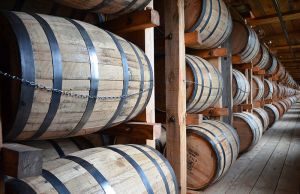Before the Deepwater Horizon event in the Gulf of Mexico, there was the Exxon Valdez oil spill — when a supertanker gutted 11 million gallons of crude oil into waters off the coast of Alaska. The environmental consequences of this event are still suffered today, a quarter of a century later.
 For a few minutes, March 24, 1989 was like any other night off the rugged southern coast of Alaska. The trans-Alaska pipeline was booming and, on average, two oil tankers were journeying between Valdez and the continental Pacific West Coast each day. Nobody suspected anything different from the Exxon Valdez supertanker, which was winding its way through icy waters just miles from the coast that night. But at 12:04 a.m., the 987-foot ship accidently pummeled into Bligh Reef, rupturing its storage tanks and spilling nearly 11 million gallons of crude oil into the pristine waters of Prince William Sound. At the time, it was the worst oil spill in U.S. history, coating 1,300 miles of remote coastline and killing an estimated 250,000 seabirds, 2,800 sea otters, 300 harbor seals, 250 bald eagles, 22 killer whales and billions of salmon and herring eggs.
For a few minutes, March 24, 1989 was like any other night off the rugged southern coast of Alaska. The trans-Alaska pipeline was booming and, on average, two oil tankers were journeying between Valdez and the continental Pacific West Coast each day. Nobody suspected anything different from the Exxon Valdez supertanker, which was winding its way through icy waters just miles from the coast that night. But at 12:04 a.m., the 987-foot ship accidently pummeled into Bligh Reef, rupturing its storage tanks and spilling nearly 11 million gallons of crude oil into the pristine waters of Prince William Sound. At the time, it was the worst oil spill in U.S. history, coating 1,300 miles of remote coastline and killing an estimated 250,000 seabirds, 2,800 sea otters, 300 harbor seals, 250 bald eagles, 22 killer whales and billions of salmon and herring eggs.
Now, 25 years later, the ecosystem has still not healed. Pockets of fresh remnants from the spill still stain Alaska’s coastline, resident killer whales are over a decade away from a full recovery and fishermen say that important commercial fish populations like herring have not yet returned.
According to the National Oceanic and Atmospheric Administration, more than 21,000 gallons of oil still linger in Alaska’s marine ecosystem, reaching shores over 450 miles away from the initial spill sight.
“As much as Alaska is a place, it is an idea, and that idea was damaged.”
The toxic legacy of the Exxon Valdez is a seeping reminder that our increasing ocean operations to obtain or transport oil remain one of the biggest threats to marine ecosystems and wildlife.
“As I think back on the last twenty years, I am struck by cyclical nature of these events. Before the Exxon Valdez oil spill, we were told that oil development was safe and necessary. In the intervening decades, science has shown us that it is not,” said Oceana’s Pacific Science Director Jeff Short in his testimony before Congress on the 20th anniversary of the Exxon Valdez spill.
 In the wake of this environmental catastrophe, we learned all too well the troubling consequences of inevitable oil spill events. We heard the cries of marine mammals coated with oil, saw thousands of lifeless creatures wash to shore from slow starvation or hyperthermia and felt the loss of one of the most pristine and seemingly immutable wild landscapes.
In the wake of this environmental catastrophe, we learned all too well the troubling consequences of inevitable oil spill events. We heard the cries of marine mammals coated with oil, saw thousands of lifeless creatures wash to shore from slow starvation or hyperthermia and felt the loss of one of the most pristine and seemingly immutable wild landscapes.
“As much as Alaska is a place, it is an idea, and that idea was damaged,” said Exxon cleanup manager Otto Harrison.
But while the shadowy remains of the Exxon Valdez linger on Alaska’s coasts, their memory is vanishing from current U.S. oil policy. Royal Dutch Shell sits on the brink of Arctic oil exploration, harmful seismic testing has been recommended to scout out Atlantic Ocean reserves and offshore drilling has made a vigorous return to the Gulf of Mexico in the four years since BP’s Deepwater Horizon oil rig exploded — gushing an unprecedented 210 million gallons of oil into our fragile ocean ecosystem.
Down this path, what waits ahead seems all too familiar.


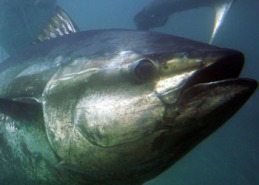


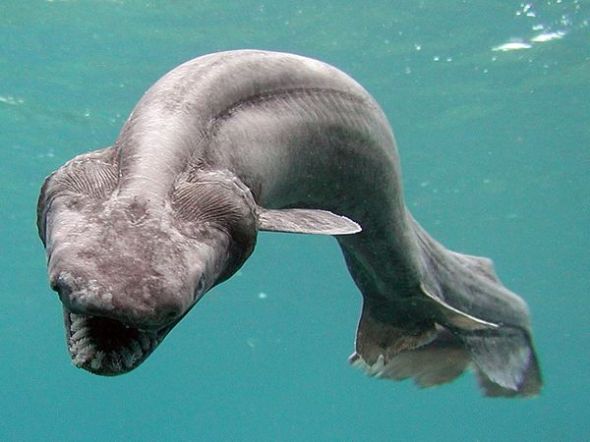


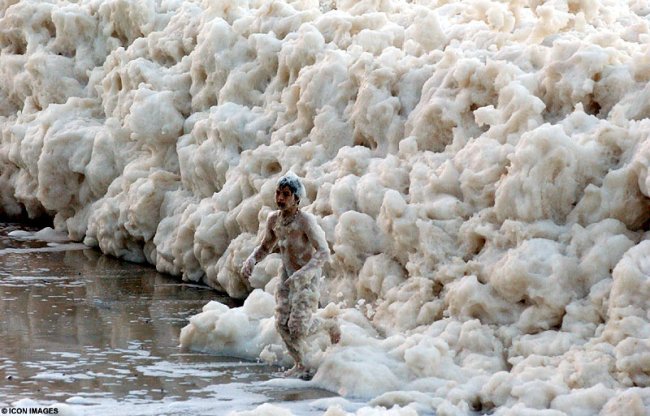
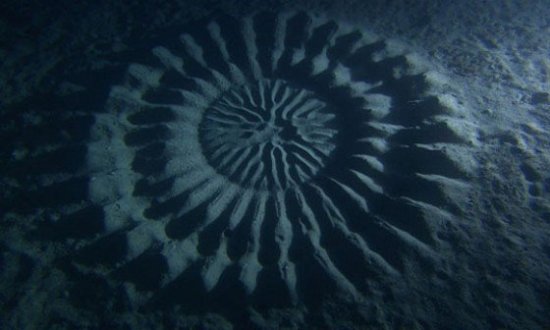
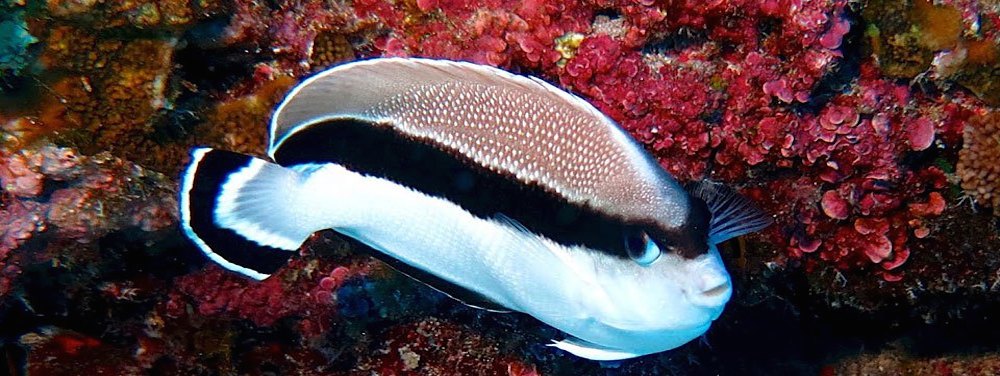
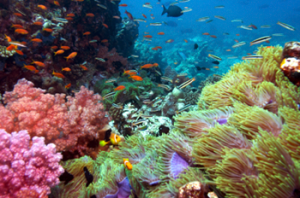


 Surprisingly, this key adaption in toothed whales isn’t shared with baleen whales like blue whales and humpbacks, which feed by straining water through large baleen plates. Fossil evidence shows that toothed whales diverged from the ancestors of baleen whales around 35 million years ago, distinguishing the two modern-day subspecies. When and how echolocation evolved in toothed whales, however, has remained a mystery.
Surprisingly, this key adaption in toothed whales isn’t shared with baleen whales like blue whales and humpbacks, which feed by straining water through large baleen plates. Fossil evidence shows that toothed whales diverged from the ancestors of baleen whales around 35 million years ago, distinguishing the two modern-day subspecies. When and how echolocation evolved in toothed whales, however, has remained a mystery.


